Lumin PDFLumin PDF
Get stuff done. Edit PDFs in the cloud. Lumin brings your documents to life with a suite of digital tools that let you annotate.

Get stuff done. Edit PDFs in the cloud. Lumin brings your documents to life with a suite of digital tools that let you annotate.

With CV Simply, you can easily build a perfect Resume. Create a professional resume in just 15 minutes easily.

Song Nhi is a virtual assistant that helps people manage their personal finance. To help people escape from Rat Race.

With PimpMyLicks® you get to rock out, blues up, funk it down and rip anyway you want in any mode out there!

Designveloper is the leading software development company in Vietnam with high qualified team of talented designers and developers.
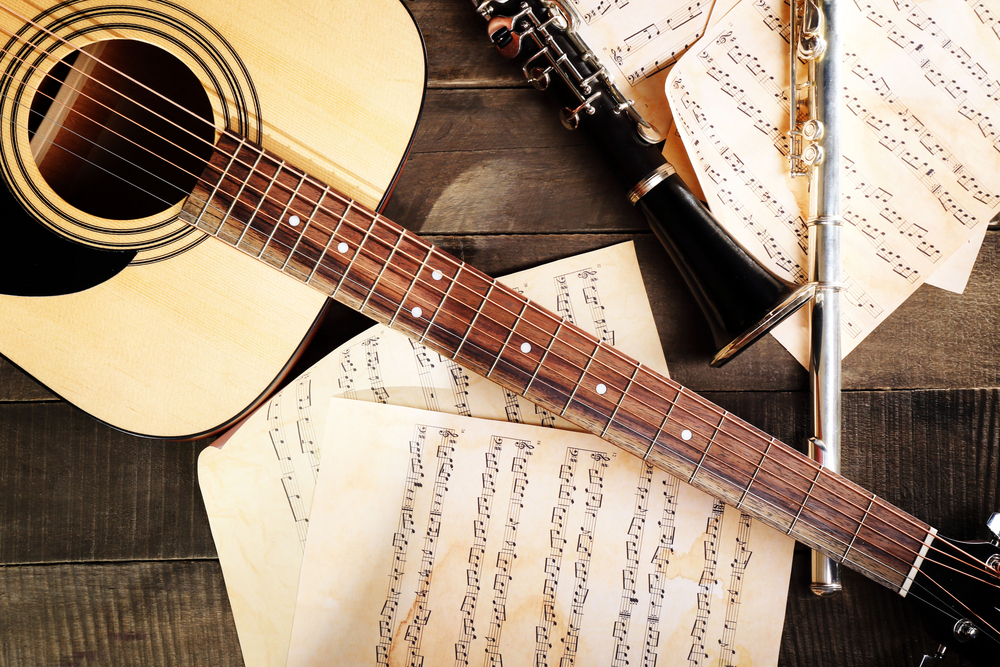
Learn augmented triads arpeggios 1 octave and 2 octaves from any chord tone, root, 3rd or 5th, start from any finger
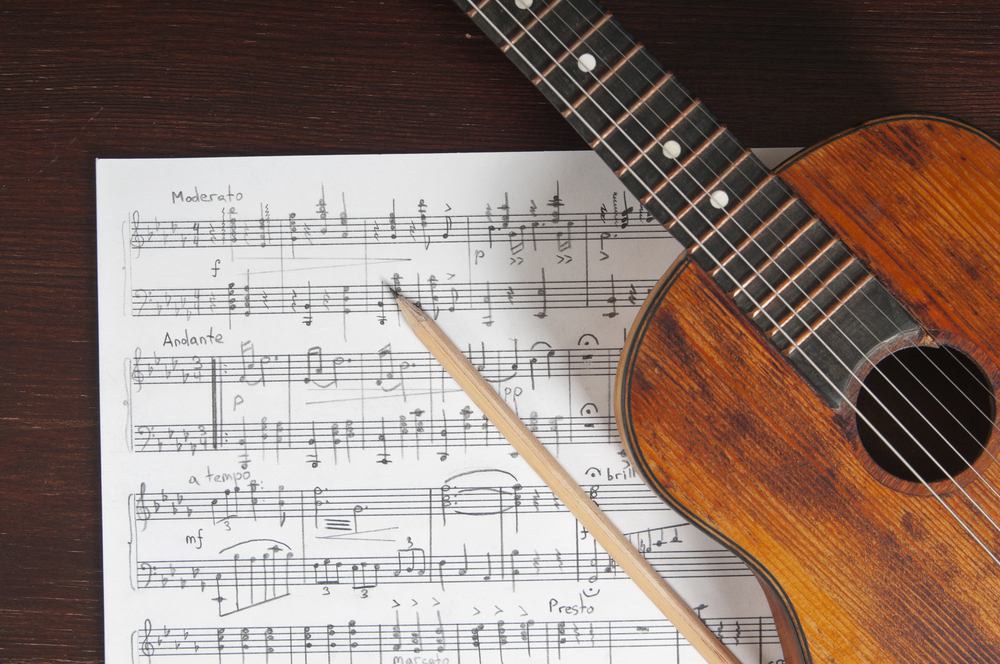
Learn diminished triads arpeggios 1 octave and 2 octaves from any chord tone, root, 3rd or 5th, start from any finger
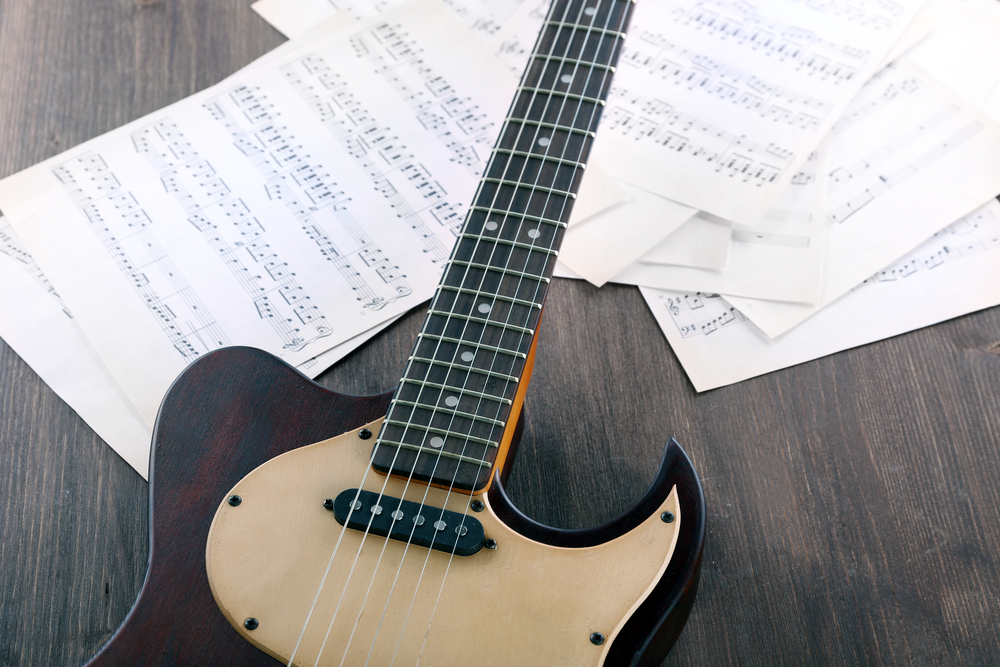
Learn minor triads arpeggios 1 octave and 2 octaves from any chord tone, root, 3rd or 5th, start from any finger
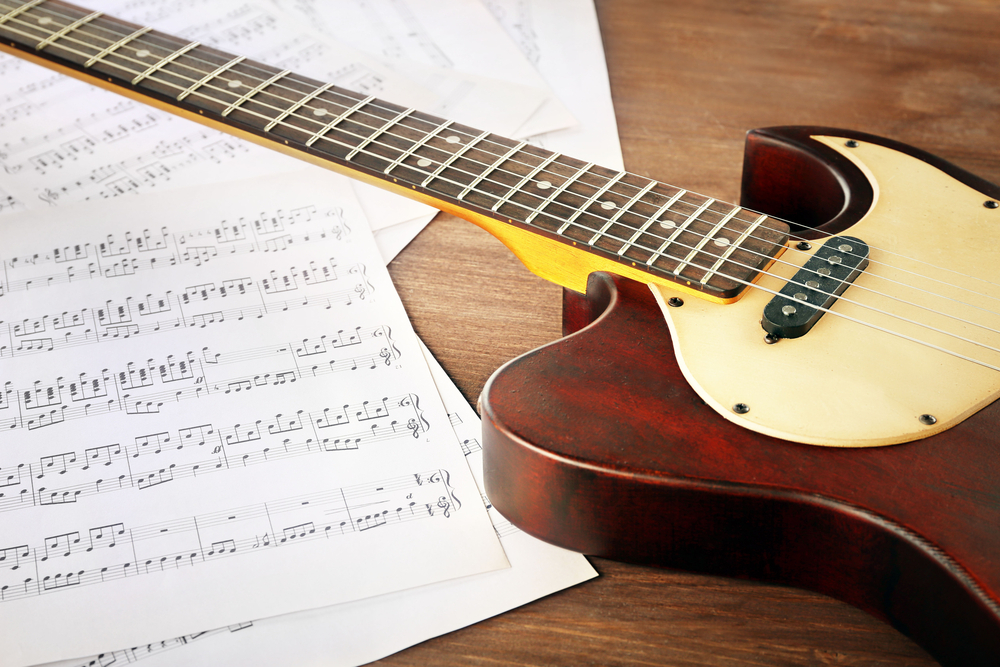
Learn major triads arpeggios 1 octave and 2 octaves from any chord tone, root, 3rd or 5th, start from any finger
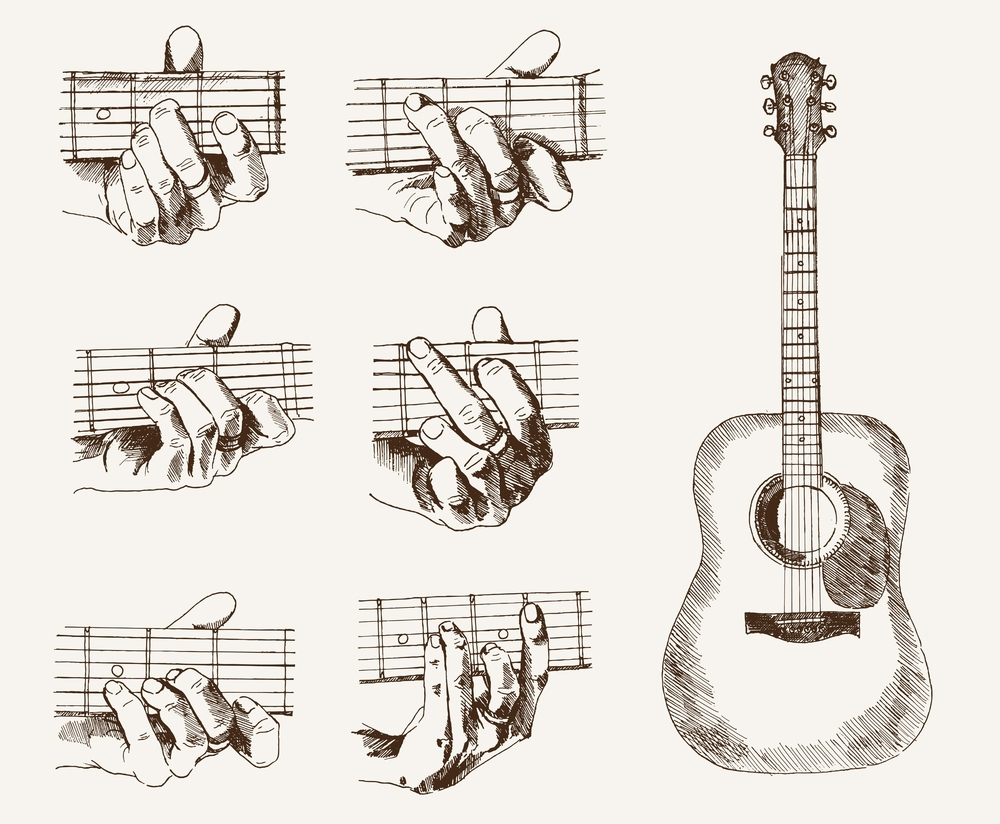
Here we use only open positions in all fourths tuning. The top note of the voicing is G and it isn't changed throughout the progression. It functions differently over each